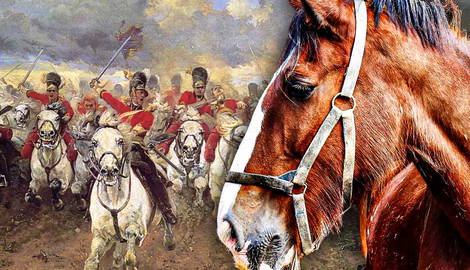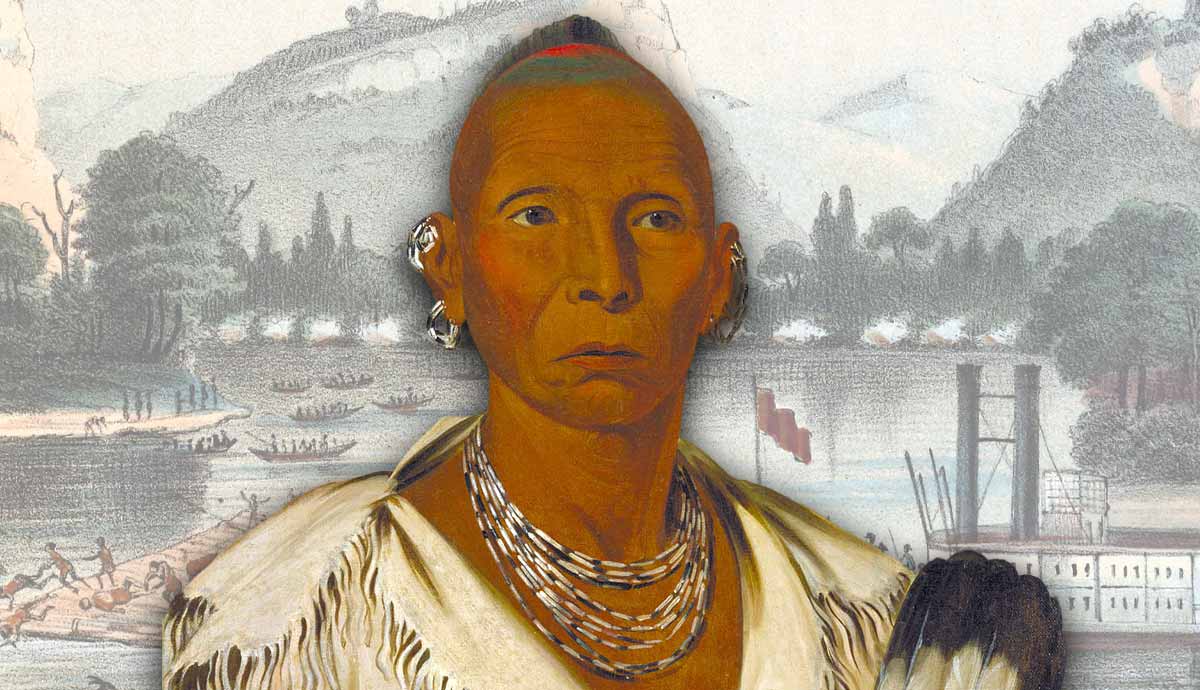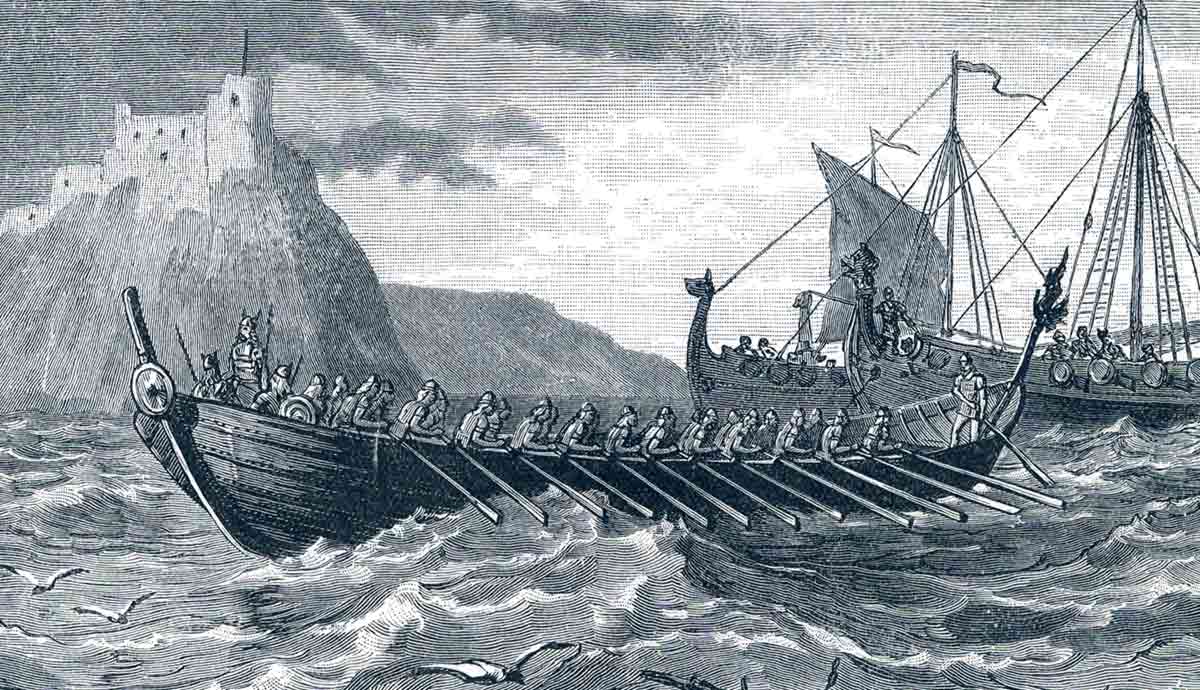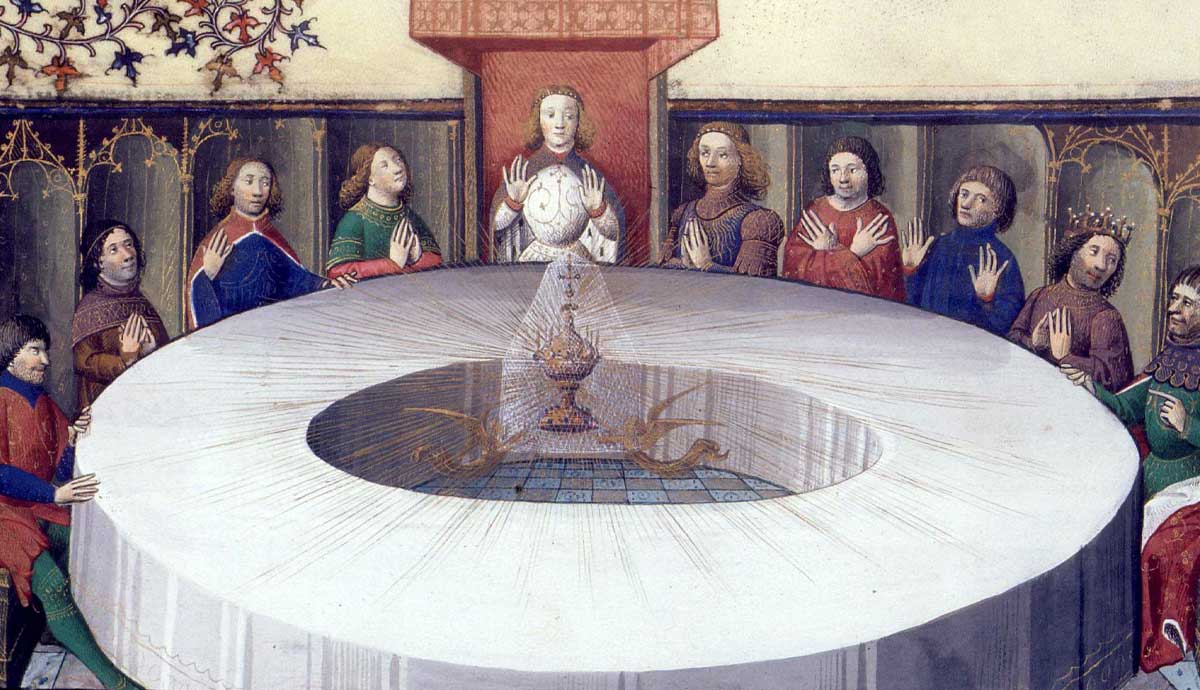
In no small part, horses have helped create and change human civilization. Although they are not as conspicuous and as commonplace as they used to be, many civilizations were built on foundations provided for by equine labor.
From the plains of Eurasia, where they roamed free as wild animals, to the arenas, where their speed and prowess entertained the gambling masses, and to the battlefield, where their courage and bravery were the deciding factors between victory and defeat, horses have contributed immensely to shaping our world.
The human relationship with horses and its impact is a fundamental story of human civilization that is worthy of immense respect.
Horses and Humans: First Contact

For hundreds of thousands of years, horses were seen as potential prey. When horses were first encountered on the grasslands of Eurasia, it likely did not come as much of a surprise to whichever species or subspecies of humans discovered them.
In Africa, the Homo genus was well acquainted with zebras. Their Eurasian counterparts were not much different.
With the advent of the Neolithic Revolution and the birth of agriculture, human needs and habits changed. Several thousand years after the rise of agriculture, humans living in Western Asia and Eastern Europe turned their attention to horses.
It took ingenuity and a good deal of bravery to tame wild horses for the first time, but around 3500 BCE, horses became a common feature in human settlements. Although it is unknown whether horses were driven or ridden first, they were certainly used for transport, meat, and warfare.
The impact this had on the course of human civilization was immense.
Horses in Ancient Times

Perhaps the oldest use for horses in warfare was for pulling chariots. The earliest evidence for this comes from around 2000 BCE from the Andronovo (Sintashta-Petrovka) culture, which lived in parts of what is now Russia and Kazakhstan. These peoples were Indo-Iranians and likely used chariots in their conquests, moving into the Indus, where their culture spread into the Indian subcontinent. Their culture also spread westwards, and with it, their use of horses.
During the second millennium BCE, chariots became a major factor in Hittite armies. With the invention of better wheels, axles, and the composite bow, the chariot became an incredibly effective weapon. Its use spread throughout bronze-age societies from the Middle East to China. Chariots were not only used as fast, mobile platforms for ranged combat but also to transport troops into battle quickly.

By the first millennium BCE, horseback riding was evolving. The first riders sat far back on the horse, and the horses were guided by a man on the ground. The inventions of better saddles, reins, and stirrups revolutionized horseback riding. Cavalry units became more common in armies, from lightly armored, fast, and mobile units that could harry the enemy flanks to heavy cavalry that could punch holes in the enemy defenses. The Macedonians were likely the first to develop the tactic of massed cavalry charges.
Meanwhile, the Persians made good use of heavy cavalry called “cataphracts.” These units were so successful that they were employed for hundreds of years, from ancient times to the High Middle Ages.
The Romans were not known for their use of cavalry until the latter stages of the Roman Empire. For the most part, the Romans did not use stirrups, an important invention that allowed the rider to stand up while on horseback. Cavalry was not a major priority for the Romans, who based their tactics on legions. In later years, they augmented their armies with cavalry provided by auxiliaries.
In sports, however, chariot racing was hugely popular in the Roman Empire, and vast amounts of money changed hands as people laid bets on their favorite charioteers and their teams of horses.

While horses saw heavy use in warfare and transport, their use in agriculture was limited. For plowing the soil, oxen were the beasts of choice and would remain so for many hundreds of years. Though horses were more versatile and could help herd livestock, the problem lay in the construction of the yoke, which at that time put significant stress on the draught animal’s neck. Oxen could easily bear this stress, but it left horses struggling to breathe.

This dynamic began to change in China in the 4th century CE. Yokes began to be designed to spread the stress across the chest rather than around the neck, and horses started being used in the fields. This agricultural development, however, was not picked up en masse in Europe for several centuries. Oxen were hardy and required much less maintenance than horses, so they survived as draught animals until the late 19th century. In many places around the world, oxen are still used to plow fields and are often preferred over horses due to their hardiness.
Horses During the Middle Ages

In Europe, people started selectively breeding for traits that would benefit the European way of life and combat. Horses were bred to be large and strong. Unlike the horse archers that were used to whittle down enemy forces, European cavalry developed into a powerful shock tactic.
Heavily armored and with lances, knights on horseback were designed to drive a wedge into enemy defenses and create breaches that could be exploited. The psychological impact that European cavalry had on enemy forces was also hugely significant. Spears developed into lances, and horses became powerful enough to carry riders wearing full plate, a development that even extended to horses, with plate armor specifically designed to protect horses as well. This armor was called “barding.”

Nevertheless, the opportunity to use such tactics rarely presented itself, and horses were mostly used for logistical purposes both in and out of battle.
However, the wide open plains to the east of Europe were perfect for all types of cavalry, and the Mongols made extensive use of both light and heavy cavalry in their conquests. Horses were vital to the Mongol way of life, and Mongol society was built around the relationship between people and horses.
To counter the threat of Mongolian armies, the Chinese also placed an extremely high value on horses. During the Song (960-1279) and Ming (1368-1644) dynasties, a vital tea-for-horses trading system was developed. Such was the importance of cavalry that government control of tea was central to the creation and maintenance of the empire’s cavalry.
During the Middle Ages in Europe, jousting tournaments were also popular, and the horse was an integral part of the sport. Jousting fell out of fashion in the 17th century, and the purpose of cavalry on the battlefield changed as new technologies shaped how battles were fought.
Horses also proved their worth outside of battle, especially as draft animals in farming communities and as carthorses.
Mobility and Speed

The effectiveness of heavy cavalry charges with lances was countered during the late 15th and 16th centuries with the introduction of pikes. Formations of men wielding extremely long two-handed spears provided a devastating obstacle for horses, and cavalry forces were forced to adapt. The introduction of effective firearms also had a massive impact, making armor obsolete and providing new opportunities for mounted units.
Sabers and pistols became more popular as the decades and centuries passed, although lancer units were still in use during the Napoleonic era. Cavalry units continued to thrive during the 19th century, but the advancement of technology and the progress of mechanization meant that the days of horses in combat were numbered.
Horses Introduced to the Americas

In North America, the human relationship with horses was significant. Introduced by Europeans at the end of the 15th century, horses and horseback riding were quickly adopted by Native Americans, who used the animals in hunting and warfare, especially on the Great Plains. The impact this had was so great that horses became integral to many tribal cultures, and the traditional ways of life changed. Horses came to represent wealth and prestige, but their pragmatic value could not be overstated.
For the colonizers, the horse was just as important. The subjugation of Indigenous tribes and nations was sped up with the quick and mobile support that horses provided. Meanwhile, ranchers and herders would not have been able to control their cattle without the help of their equine assistants. In the cities, horses helped with transport, pulling carriages, and hauling goods.
The dynamic wasn’t always happy for horses, though, and the mistreatment of these animals led to the creation of the first American Society for the Prevention of Cruelty to Animals (ASPCA) in 1866.
Horses No Longer Present in Combat: The End of an Era

The long era of horses in combat roles came to an end with the technological innovations at the beginning of the 20th century. While horses still served in many places, helping the armed forces, cavalry became obsolete. Tanks and other fighting vehicles became the spiritual successor to the cavalry unit—so much so that tank corps are referred to as “armored cavalry.”
Meanwhile, firearms had become far too deadly for unarmored or lightly armored forces to move across open ground. Muskets gave way to rifles and then to machine guns that could saturate the air with death, making any attempt at a cavalry charge utterly futile.
In the farming and transport industries, mechanization also took a front role, pushing the horse into obsolescence. Equestrian sports, however, continue to thrive into the present day. Sports such as dressage, eventing, endurance riding, rodeos, show jumping, and many others are still pursued with vigor in many parts of the world.
Horses Today

Although horses are no longer vital to human civilization, they still play an important part in several industries, sports, and cultures around the world. While their duties have diminished greatly, horses have remained helpful to the human species in other roles.
Mounted police are a common sight in some cities, even in a modern setting. Horses have also proved invaluable in search and rescue operations in difficult terrain. And just as they were employed over a hundred years ago, horses are still hard at work on cattle ranches.
In less developed parts of the world, horses, donkeys, and mules are still used for farming, transport, and, in some places, as food.
In the sporting world, horses are as popular as ever. The horse-racing industry is a global phenomenon, with its market value hitting almost 400 billion US dollars in 2022 and rapidly increasing.

Of course, civilizations existed without the horse, but those with the horse were able to make huge leaps forward, having an undeniable advantage in transport, agriculture, and warfare.
In many ways, the history of the horse is also the history of human civilization. These loyal creatures and the duties they performed represent one of the keystones in the story of human civilization. Through thousands of years of history, horses have become one of humanity’s most beloved animals.










